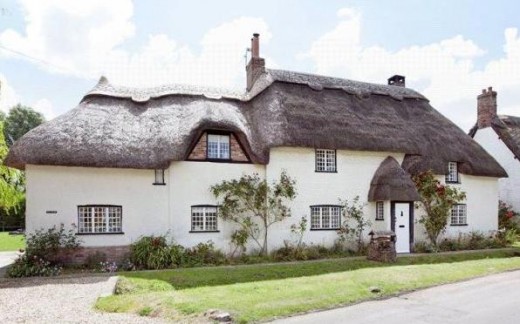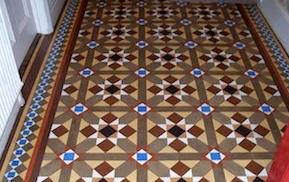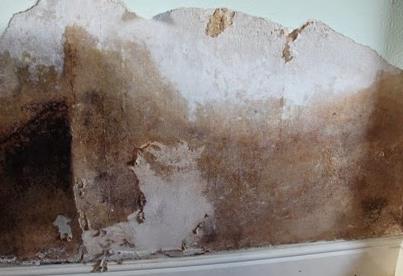Buying a new property -v- period property – things to consider
OLDER HOUSES VERSUS NEW ONES
Whether to buy an old or new property is often a lifestyle choice rather than anything else, although some locations such as inner cities may well only have older properties in the area where you wish to live. Below we compare older and newer properties and highlight some things to consider when deciding which to buy. 
The purposes of this article and all the property is anything built prior to 1930, colloquially known as the Edwardian period.
Older properties are often purchased for their unusual and/or quirky characteristics which can include things such as low ceilings, exposed timber beams, narrow doorways, thatched or ornate roof coverings, inglenook fireplaces, window seats, feature brickwork and/or other features which are too numerous to list.
Whilst these features are often pleasant they do come at a price as older properties are generally speaking less energy efficient than modern ones, may well have historic defects and/or increased maintenance liabilities which require specialist contactors and as such the cost of maintenance and repair may well be higher than a modern property. As all the properties are often less energy efficient, something which is important in our ever increasing energy cost world, they may also be more expensive to heat and keep warm.
 By comparison however modern properties are built to stringent building regulation standards and in particular thermal insulation properties are likely to be better than those present in historic buildings. Not only can this help reduce energy costs but it can also reduce maintenance costs for things such as dampness, condensation and resultant defects are less likely to occur and as such the cost of repair over the longer term may well be less.
By comparison however modern properties are built to stringent building regulation standards and in particular thermal insulation properties are likely to be better than those present in historic buildings. Not only can this help reduce energy costs but it can also reduce maintenance costs for things such as dampness, condensation and resultant defects are less likely to occur and as such the cost of repair over the longer term may well be less.
As some older buildings may well be listed, i.e. have a protected status which prevents various works been undertaken without the prior approval of the local planning authority and/or English Heritage, you can also find that the cost of materials and in particular if you have to replicate what is present in the property, is also higher.
When undertaking a survey of an older property surveyor will be aware of the defects that are present in that particular property type and will, in particular if you specifically asked them to, make reference to them in their report. It’s worth noting that older properties, i.e. properties built before 1900, would likely need to have a full building survey carried out rather than a homebuyer type survey which is not really designed for properties built before 1900 and of non-traditional construction such as is often found in older properties, e.g. cob walls, thatched roofs and/or other period features which may require specialist inspection and survey.
There is a compromise available however which is finding a property of an older type that has been recently upgraded and/or converted to modern standards whilst retaining period features. This is often the case in properties such as barn conversions whereby an older agricultural building may well have been updated but retains many original features. This can help offset some of the factors mentioned above whilst also providing you with the period features you desire.
There are some things to particularly consider when purchasing an older property, in addition to the condition of the building itself, and those relate around the deeds and/or covenants that may well exist affecting the land and/or the building itself. This is something for your lawyer to have a look at and consider in detail as part of the conveyancing process some things to consider however include flying freeholds, rights of way, drainage, whether the property is within a conservation area and/or is a listed building, whether there are any restrictions on the use of the building or surrounding land and various other matters which should be discussed with your lawyer in detail to ensure you fully appreciate the potential implications.
 To try to detail all the defects that may occur in a period property is beyond the scope of this article however some things to specifically consider include dampness both to walls and timbers, wood boring insect infestation, structural movement and in particular in Cob Walls or those constructed from earth say where cracking or other damage to the weather protection can quickly affect the structural integrity of the wall itself, fire precautions in respect of thatched roofs, along with the life expectancy of materials used in the construction of the building itself.
To try to detail all the defects that may occur in a period property is beyond the scope of this article however some things to specifically consider include dampness both to walls and timbers, wood boring insect infestation, structural movement and in particular in Cob Walls or those constructed from earth say where cracking or other damage to the weather protection can quickly affect the structural integrity of the wall itself, fire precautions in respect of thatched roofs, along with the life expectancy of materials used in the construction of the building itself.
loose slatesAs mentioned above it is often the case that former agricultural buildings are converted to residential use and you should consider, in particular, whether there are any agricultural restrictions that may apply as it is often the case that such buildings have planning permission for agricultural use but may not have permission for a change of use to residential occupation outside of that.
There is a wealth of information available on the Internet regarding period properties and you should always seek the advice of a specialist surveyor, i.e. one with knowledge of older properties and the defects that may arise, before making a decision to purchase a property.
